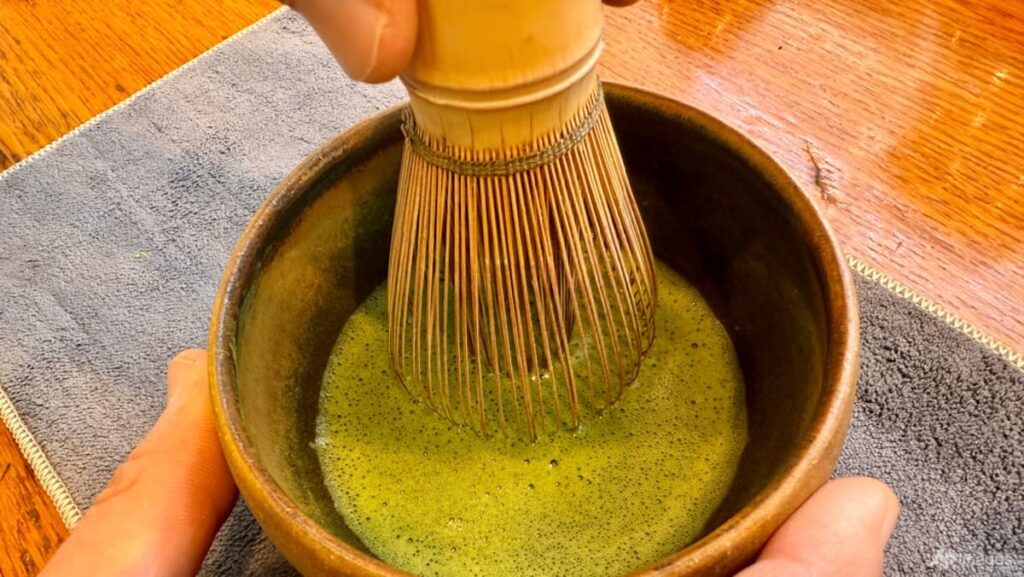PROTECTING JAPAN’S CULTURAL CAPITAL
Matcha, to be sure, has a fundamental problem here. The term – literally, “ground tea” as opposed to the infused sencha – just describes a routine processing method, like the “cheddaring” of dairy curds which gives cheddar cheese its un-trademark-able name.
That’s not insurmountable, though: There are numerous local varieties, such as Uji matcha and Fukuoka matcha, that could trade on their reputations, the way Bordeaux wine estates do.
It’s not clear that Japan has an appetite for the fight. The EU has nearly 2,000 protected wines and spirits, according to its eAmbrosia register.
Japan has designated just two types of tea, both of them sencha. In Nishio, one of the most renowned matcha growing regions, the local growers’ cooperative got itself removed from the register in 2020, after finding that domestic drinkers weren’t prepared to pay prices to compensate for the laborious methods required by the geographical indication.
That’s a defeatist approach. Matcha is a global craze and needn’t be limited by local appetites. Champagne is a case in point: It owes its origins as much to English glass-blowers, chemists and consumers as to French farmers.
Japan has as much cultural capital now as it has had for decades. The stellar reputation of its food products isn’t being matched by commensurate efforts to protect and market them to international buyers.
Taking advantage of this isn’t an easy process, especially as a warming climate alters the unique local conditions that GI designations depend on (a record heatwave is one reason that matcha supplies are struggling to keep up with demand this year). In a world that will soon be buried under a drift of Chinese tea powder, though, it will be necessary.
Some of the world’s great fortunes were built on the decades of efforts that turned champagne from a local oddity into a worldwide luxury good. In the matcha game, Japan has to be in it to win it.
Read the full article here

